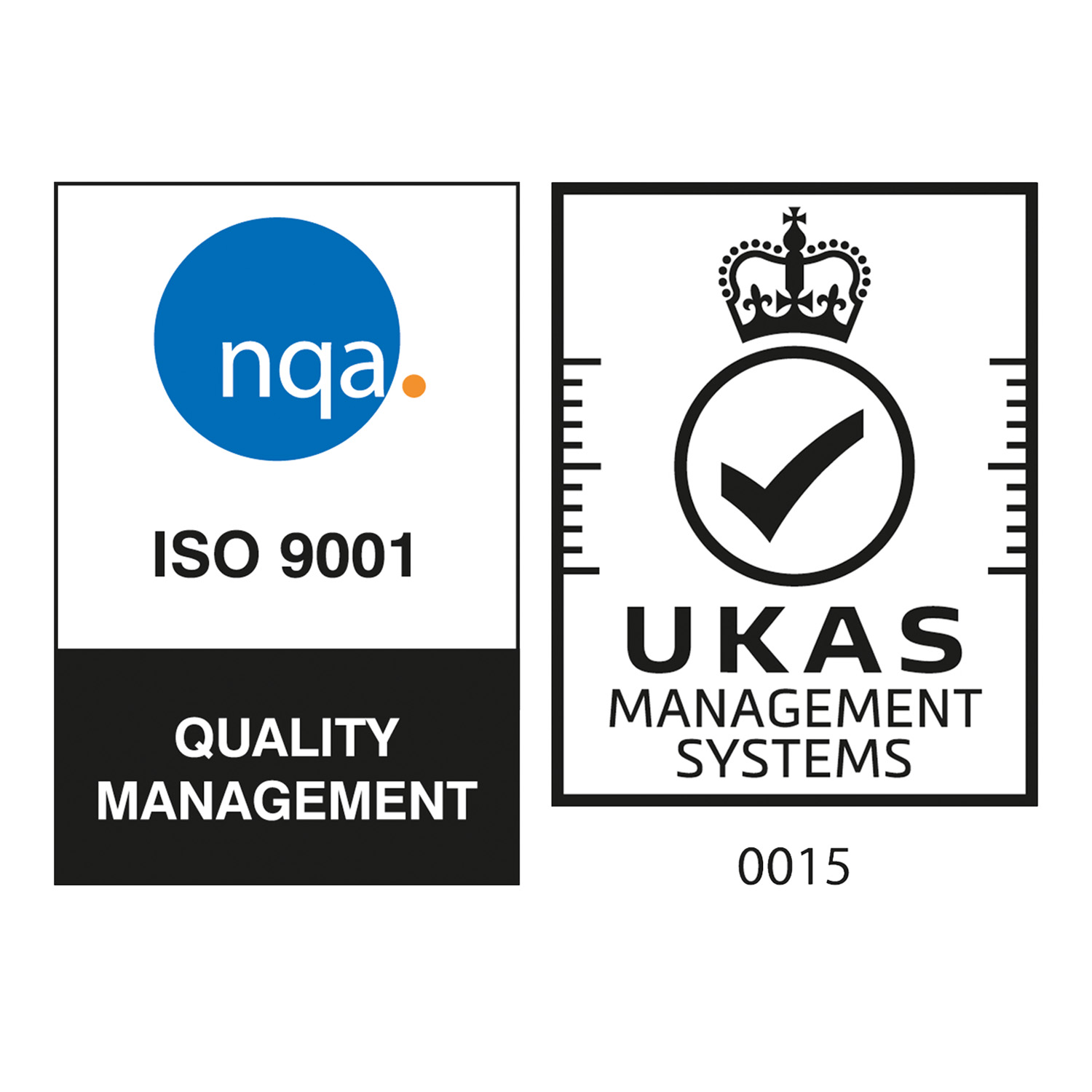Blue Book Fourth Edition: What it means for you

Share
C+A Design have produced this information to provide an overview of the main changes in the latest edition to the ‘Blue Book’. It is not a comprehensive review of every minor change, but intended to highlight how the changes might affect your business in the future. Do contact us if you would like to discuss how the changes might impact you in more detail.
There has been a general restructuring of the book to aid the flow and make information easier to find. While this is a positive step forward, it may now take longer for those familiar with the third edition to find the information they need. Much of the information in the new addition is the same as the third addition, but there are some significant additions relating to new vehicle fuel types and what might be perceived as an enhanced environmental protection role that the guidance is taking on.
We have split our discussion into sections, following the new format.
Section 2 –Risk Assessment
The portion on environmental risk assessment (2.3) has been greatly enhanced, and now includes an overview of legal background, risk assessment process and dealing with spills and historic contamination.
The extra guidance provides a useful overview of the process that many operators are finding is required when going through the planning process to build a new site or redevelop an existing one. Support of a specialist will still be required to produce the models and reports required.
2.4 is a new section on Portable Electrical and Electronic Devices but does not provide detailed guidance, referring instead to an Energy Institute document.
This reflects the increase of mobile devices in use across the industry.
Previously section 6, Construction and Construction Safety, has become section 2.6 and updated to suit the CDM regulations 2015.
Anyone commissioning construction work since 2015 should be familiar with these regulations, but this section provides an introduction to those who might not normally be involved with construction.
Section 3 - Hazardous Area Classification
The classification of hazardous areas in this edition has been revised, but is should be noted the classifications in the 3rd edition remain valid for existing installations. Additional detail is provided in recognition of the increased use of electronic devices for maintenance and payment. This includes a more detailed consideration of hazardous zones throughout the fuelling process and how this links to the use of both fixed and mobile payment options.
A discussion examining if diesel and kerosene should be considered as generating hazardous areas, is included. Under normal circumstances in the UK, gravity powered deliveries of diesel would not create a hazardous zone due to low enough ambient temperatures, but in situations where diesel is pumped (e.g. into above ground tanks, or during dispensing) a hazardous zone may be created. New diagrams are included showing the hazardous areas associated with the dispensing of diesel (both for standard and high flow rates) and for above ground storage tanks.
These updates effectively catch the guidance up with changes in the industry, notably the increased variety of electronics on forecourts, an increase in the number of above ground tanks and the reclassification of diesel into a flammable liquid under EU CLP regulations. The greatest impact is likely to be when sites with HGV or other diesel only pumps are modified or replaced. Previously acceptable locations for diesel pumps, for example on a boundary, may no longer be considered appropriate.
Section 4 - Planning and Design
Section 12 from the 3rd edition is now included in this section. A new recommendation is included, that canopies should have a clearance of 4.75m. When considering shops on site, ensuring staff are not distracted by ancillary tasks and the need for alternative means of escape away from the forecourt are both referenced.
Significant changes are made to the requirements for road tanker stands. The required length is increased to 17.5m from 15m and there are new requirements relating to the tanker being able to park with the minimum of articulation and, where possible, be 1.5m from the fill points.
Brief sections are included on hydrogen, natural gas and electrical vehicles are included signposting further resources.
The revisions in this section will have significant impact for the design of new sites, in particular the larger tanker standing and canopy clearance requirement. The larger tanker stand and need for the tanker to be broadly straight will be challenging when redeveloping some smaller sites. The new recommended clearance also raises the prospect of a petroleum officer requesting a canopy is raised to provide the recommended clearance when major works are conducted on a site.
Section 5 – Containment Systems
A significant rewrite of this section has been undertaken. Double skin tanks with class 1 leak detection is now mandatory. Where single skin tanks are reused, a double skin relining is mandatory. All pressure pipework must be double contained and monitored (class 1 or 3), and any siphons now designed as pressure pipes. Gravity offset fill pipes should now include secondary containment.
There is a new requirement for flame arresters in the stage 1B system, as well as provision for condensate dispersal or removal. It is now forbidden to manifold diesel and petrol vents.
It is suggested drainage systems are tested before commissioning.
The revised guidance mirrors the effective banning of Class 2 systems, but also increases the requirements for double skin pipework to all but suction and vapour recover lines. When works requiring changes to fuel lines take place on a site it is conceivable that a petroleum officer would look for pipework to be upgraded to reach these standards.
Section 6 – Leak Prevention, Containment and Leak Detection Systems
The emphasis of this section has now shifted toward environmental protection and consequentially to toward leak prevention. Comprehensively rewritten, the move is towards interstitial spaces and monitoring to prevent pollutants ever reaching the wider environment.
Expect to see more class 1 monitoring of pipework as a result of these changes, however this reflects the trend in this direction driven by regulators via the planning process.
Section 7 – Dispensers, Stage II Vapour Recovery, and Control Equipment
Additional diagrams of breakaway connections are included. The unmanned site categorisation is now split into four sub-classifications, with varying control measures required dependent on times and volumes of sales. The details of the engineered control measures have been omitted and replaced with a reference to the Red Guide.
The division of the unmanned category into subsections recognises the genuine differences between the types of operation that are trading in this way.
Section 8 – Drainage
Again, the focus has shifted further to environmental protection. Helpful extra guidance on drainage from the tanker stand has been included. An additional section requiring separate drainage for Ad-blue dispensers is included.
Some operators may wish to review their drainage provision in light of the new guidance as many are using 300mm gratings where 200mm are now considered acceptable with two outlets.
Section 9 – Electrical Installations
A new portion on electric car charging points is included.
Section 11 – Diesel Exhaust Fluid
This is an entirely new section, having previously been contained in the annex and relates to what is commonly known as Ad-blue.
Section 12 – Decommissioning
It is now recommended that double skinned tanks with class II leak detection are removed rather than left in-situ, due to the risk posed to the environment by the leak detection fluid. The water seal method of temporary decommissioning is no longer included as an acceptable method; however vapour suppression technologies are included.
The requirement to remove double skinned tanks with class 2 monitoring will not have an immediate impact for most as these tanks are generally not yet approaching the end of their lives, however this will have an increasing impact over coming years or when a site is being redeveloped for other reasons.


